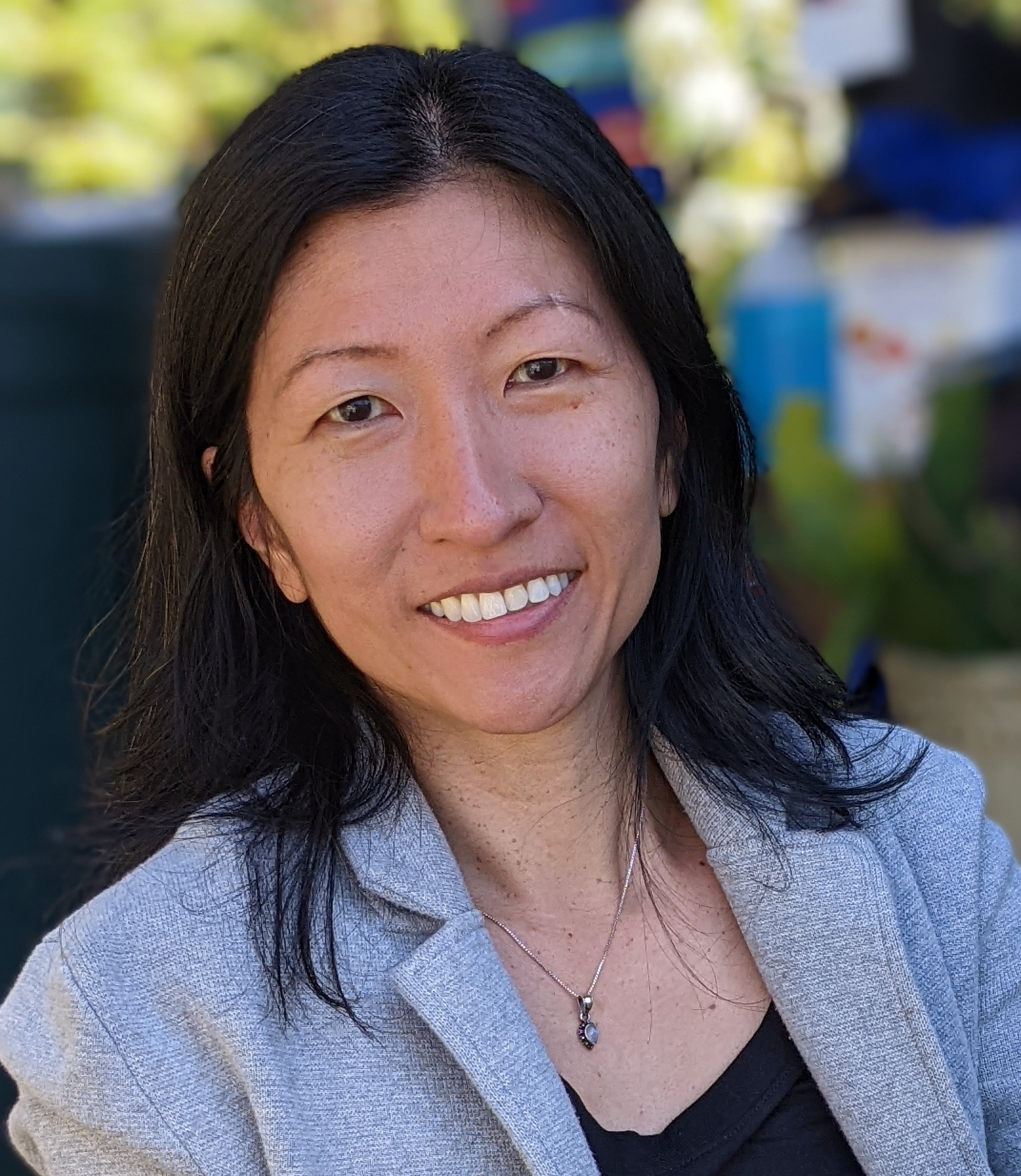January 25-29, 2025
San Diego Convention Center
San Diego, CA, USA


January 25-29, 2025
San Diego Convention Center
San Diego, CA, USA
In the last several years, multiple research publications have shown the increased value of using 3D cell models compared to traditional 2D systems. Although considered by many as a more representative model of in vivo biology, the setup of 3D models can be more challenging, especially when the throughput is increased. This course will provide an overview of scaffold and scaffold-free techniques and key optimizations for increased throughput through imaging technologies and automation. Attendees will learn the tips and tricks for improving cell seeding, handling, processing and use of high-content imaging and analysis for 3D applications to address the need of higher throughput demands.
This course will provide educational information and practical techniques to move the valuable, more predictive 3D cell culture models from more manual research-based work to a more automated, mid-to high-throughput environment.

Hilary Sherman
Corning Life Sciences
Hilary Sherman is a Senior Scientist in the Corning Life Sciences Applications Lab located in Kennebunk, ME. Sherman has been with Corning Incorporated since 2005 and has worked with a wide variety of cell types including mammalian, insect, primary, stem cells and organoids in a vast array of applications. Her key roles at Corning involve creating technical documents such as protocols and whitepapers as well as providing technical support and training for both the Corning sales force and customers. Hilary received her B.S. degree in Biology from the University of New Hampshire. In the last several years, Sharman has focused on 3D cell culture applications including human organoid culture.

Oksana Sirenko, Ph.D.
Molecular Devices
Oksana Sirenko, Ph.D., is an established cell biologist and imaging specialist who is an expert in developing assays with complex cell-based models for research and drug discovery. She is a senior scientist at Molecular Devices where she works on development of high-content imaging methods to the analysis of novel cell systems. She currently leads a group of scientists developing methods and new tools for automation of 3D cell models – including organoids and organ-on chips – for modeling cancer, neurotoxicity, and toxicology. Sirenko holds a PhD in Biochemistry/Biophysics, has over 15 years of industry experience, and has authored more than 35 scientific papers.

Angeline Lim, Ph.D.
Molecular Devices
Angeline Lim, Ph.D., is a Senior Applications Scientist at Molecular Devices with a focus on advancing 3D biology research. In her current role, Lim provides scientific, technical and applications support for high-content imaging that leverages fully-automated workflow solutions and AI-powered data analytics. She has developed numerous applications that demonstrate the use of 3D models such as spheroids and organoids for high content screening using automation.
Lim holds a Ph.D. from the University of California Santa Cruz, where she studied mechanisms of axonal transport. Using a combination of genetics, confocal and super-resolution imaging techniques, she developed an approach for live in vivo imaging to track vesicle transport in real time.